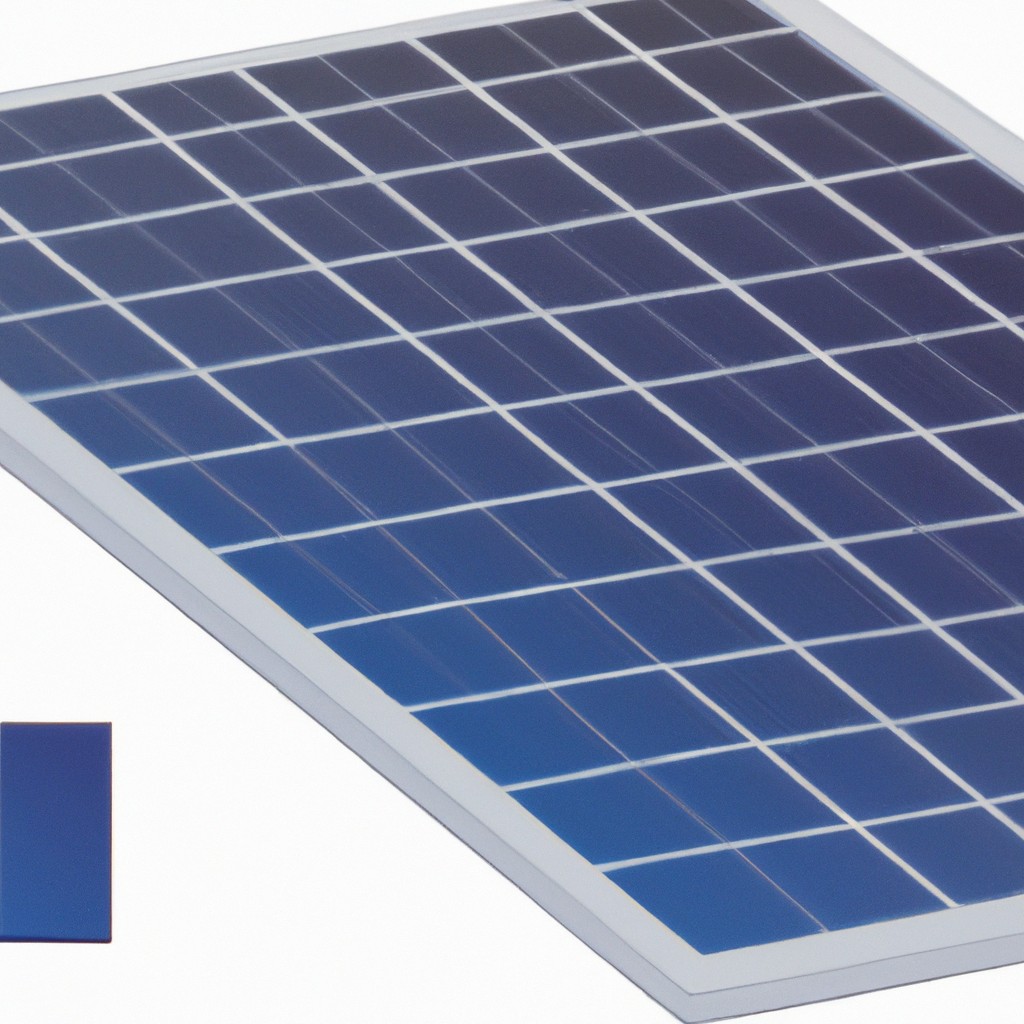Discover how solar farms harness the sun’s energy to power communities and their impact on the environment and economy.
Key takeaways:
- Solar farms are large-scale operations that harness sunlight to generate electricity.
- They offer benefits such as clean energy, low maintenance, and a reduced carbon footprint.
- Choosing between rooftop solar panels and solar farms depends on individual circumstances.
- Economic factors, including upfront costs and ongoing expenses, need to be considered in solar farm development.
- Steps to establish a solar farm include site selection, obtaining permits, environmental impact studies, grid connection, and selecting the right technology and contractor.
What Is a Solar Farm?

Picture a quilt of solar panels stitched across a vast field, absorbing sunlight and transforming it into a clean energy source. Solar farms, expansive areas dedicated to housing solar photovoltaic panels, are just that. They’re a significant player in the renewable energy game, offering a bounty of electricity even beyond their local grid’s needs.
These farms can span anywhere from a single acre to hundreds, with the power harnessed capable of lighting up small towns or contributing to a city’s energy supply. Unlike the solar setup on your neighbor’s roof, which might support a single household, these large-scale operations are solar powerhouses, channeling harvested energy through the grid to distribute it far and wide.
Central to the operation is the technology used; solar farms rely on rows upon rows of photovoltaic cells to capture photons from sunlight, instigating an electrical current. The electricity generated is direct current (DC), which transformers onsite covert to alternating current (AC). Voilà! It’s now ready to flow through power lines and meet the community’s energy demands.
So, while these solar marvels can often go unnoticed, sitting silently in barren fields or deserted industrial areas, they’re diligently converting every beam of sun that kisses their panels into a future where power comes with a green thumbs-up.
Advantages and Disadvantages of Solar Farms
Harnessing energy from the sun through panels sprawled over acres, solar farms are a beacon of renewable efficiency. They’re energy powerhouses, turning sunlight into electricity that powers countless homes without belching out polluting smoke. Plus, they whisper rather than roar, offering a serenade of silence in contrast to the din of fossil fuel-driven power stations.
But, solar farms aren’t without their challenges. They demand a sizeable initial investment and a vast stretch of land. In some areas, this can lead to a tug-of-war between agricultural use and energy production. Also, their presence might irk the wildlife, potentially disturbing habitats and patterns of movement.
Another perk is their maintenance ease. After the initial setup, solar farms are relatively low-maintenance. Nature’s rain dance often takes care of the cleaning, while the sun’s relentless rise ensures a steady energy stream. Yet, the technology isn’t immune to wear and tear over years, meaning upkeep and eventual panel replacement are inevitable.
The balance sheet of solar farms favors the environment, tipping the scales towards cleaner air and lower carbon footprints. As they catch more rays, they offer a sunny outlook for a future where energy doesn’t cost the earth.
Comparing Rooftop Solar Installations With Solar Farm Setups
Deciding between dotting your roof with solar panels or investing in a solar farm takes a bit of solar savvy. On one hand, rooftop solar allows homeowners to harness the sun’s energy directly where they live. It’s a way to shrink energy bills and your carbon footprint at the same time. Plus, there’s the pride of personal contribution to a greener planet.
On the flip side, solar farms spread out over acres, feeding clean power into the grid. They are like a communal garden, only for energy, enabling those without suitable roofs or with less sunny locales to still partake in solar benefits.
Choosing boils down to individual circumstances. Got a sunny roof? Then rooftop panels could be your ticket to energy independence. But if shade, space, or ownership issues crop up, a solar farm might be your slice of sunshine – no roof required.
Economically, solar farms can present a more affordable entry point into solar. With no equipment to buy or maintain yourself, it’s like buying in bulk – everybody saves.
It’s clear, solar isn’t one-size-fits-all. Whether you mount panels on your roof or tap into a solar farm, the goal’s the same—clean energy for a cleaner world. Consider your nook of the globe and how you want to play a part in the big solar picture.
Economic Factors in Solar Farm Development
The upfront cost of establishing a solar farm is hefty but balanced by long-term benefits. Land acquisition or leasing expenses are significant factors. Areas with ample sunshine are prime spots, often carrying a premium price.
Large-scale solar requires investment in infrastructure. This includes panels, inverters, mounting hardware, and grid connection systems—critical components with varied pricing based on technology and scale.
Tax incentives and grants can sweeten the deal. Governments keen on renewable energy expansion may offer financial boosts to developers, reducing overall project expenses.
Ongoing costs can’t be ignored either. Operations and maintenance, though less than traditional power plants, keep the clean energy flowing and must be factored into financial plans.
Market dynamics play a crucial role. Electricity sale prices affect revenue projections. Long-term power purchase agreements help lock in rates, offering financial predictability for investors.
In summary, crunch the numbers carefully. A well-planned solar farm can shift from a significant initial spend to a profitable source of clean energy, contributing to a brighter economic and sustainable future.
Steps to Establishing a Solar Farm
Embarking on a solar farm venture means rolling up your sleeves for some serious planning and execution. First, scrutinize the intended location to ensure ample sunlight and minimal shading. Post site selection, obtaining permits can seem like a trek through a bureaucratic jungle, but patience here is your trusty compass.
Next, conducting a thorough environmental impact study shows respect for Mother Nature’s balance while greasing the wheels for regulatory approval. Remember, community support often speeds up the process, so be clear about the project’s benefits to the local area.
With paperwork squared away, the logistics of connecting to the power grid can’t be overlooked. After all, what good is harnessing the sun’s energy if there’s no way to share the bounty?
Finally, selecting the right technology and a reliable contractor simplifies future upkeep. A keen eye on the latest solar innovations pays dividends, similar to backing the right horse in a race. Once these steps are ticked off, you’re in the home stretch towards capturing the sun’s rays on a grand scale.




